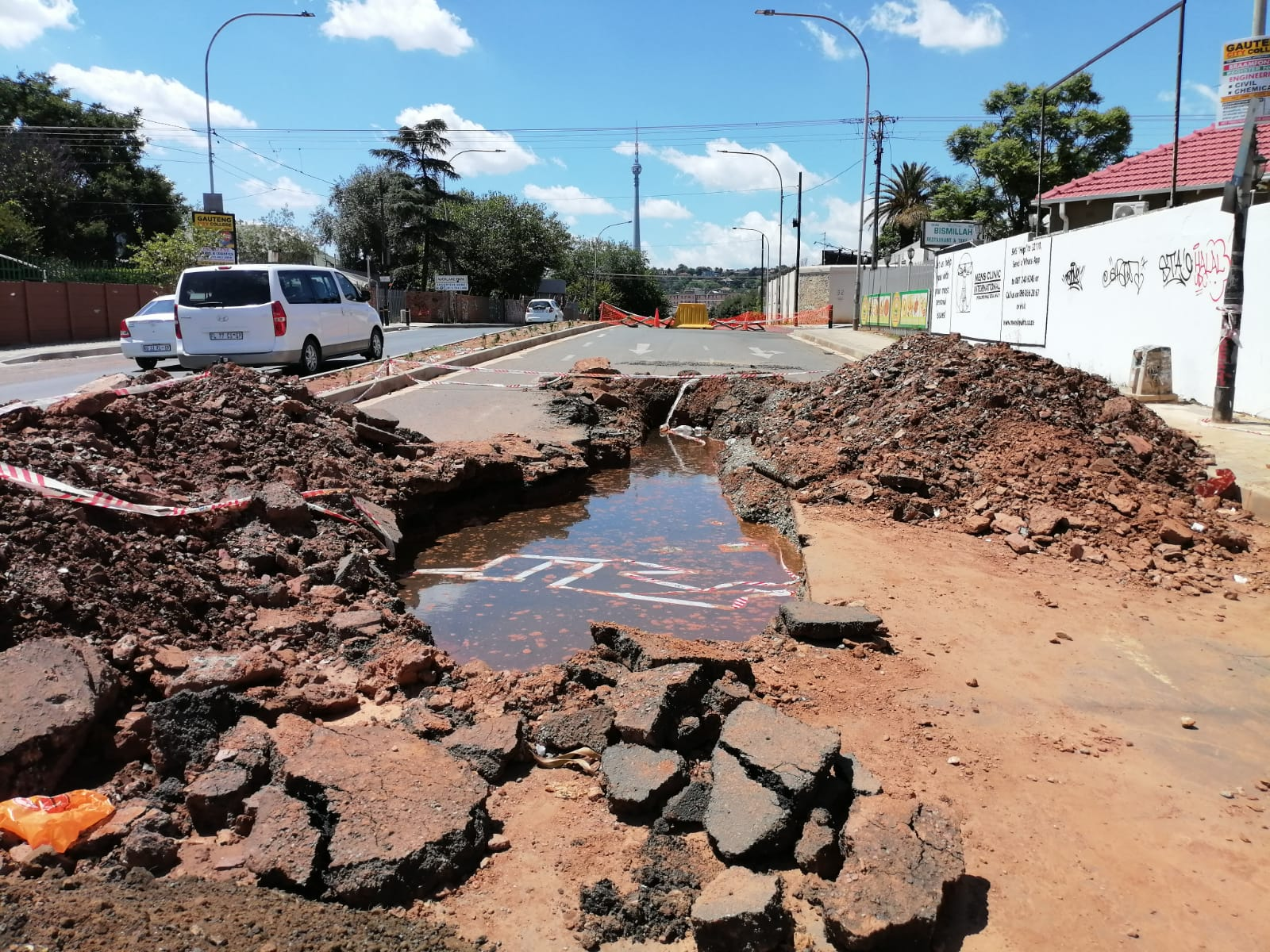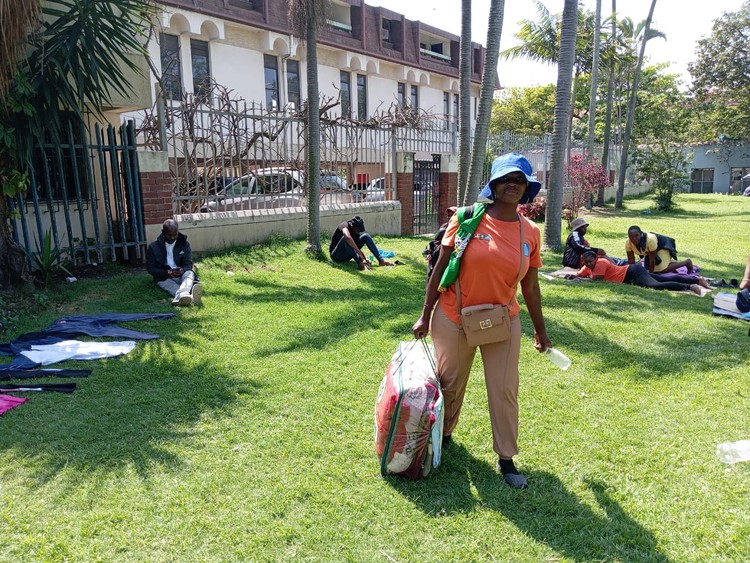Government’s announcement that the s34 determination – to start the process to procure 2500 MW of new nuclear capacity – had been gazetted (in January 2024), has many South Africans concerned about the future of energy generation in the country. According to the Southern African Faith Communities’ Environment Institute (SAFCEI) and Earthlife Africa Johannesburg, this determination is government’s latest attempt to embark on an ambitious new nuclear build programme that could eventually see as much as 21000 MW of new nuclear electricity generation capacity being procured and constructed by 2050. This program is outlined in the Department of Mineral Resources and Energy’s (DMRE) highly contested draft Integrated Resource Plan (IRP) 2023, which includes an additional 4000 MW of new nuclear capacity by 2040, and 14500 MW more new nuclear capacity by 2050.
Executive Director at SAFCEI Francesca de Gasparis says, “We are considering taking the 2500MW nuclear determination on judicial review because we believe that the public consultation process, conducted by the National Energy Regulator of South Africa (Nersa), was flawed and procedurally unfair. Furthermore, we believe that Nersa’s repeated refusal to afford SAFCEI and Earthlife Africa Johannesburg (and the public) an opportunity to have sight of and comment on further submissions, made by the Energy Minister, also violated the requirements of procedural fairness and rationality. These submissions related to the satisfaction of certain suspensive conditions imposed by Nersa, which were aimed at ensuring that the planned new build was at an affordable pace and modular scale as envisioned by the IRP2019.”
Earthlife Africa Director Makoma Lekalakala adds, “When we consider the sheer scale of the envisaged nuclear new build programme, which would by far overshadow the 9600 MW nuclear fleet proposed during the term of then-President Jacob Zuma, coupled with the secrecy regarding the DMRE’s satisfaction of the suspensive conditions, then this recent move by government is very reminiscent of our previous successful legal challenge in 2017. Due to the lack of transparency and a R1 trillion price tag – which threatened to bankrupt the country – the Cape High Court ruled the nuclear s34 determinations, gazetted in 2015 and 2016, to be unlawful. By this time, we expected government to have learnt from its missteps and to make a concerted effort to promote transparency and meaningful engagement with the public.”
“What we find particularly concerning, is that the IRP 2019 did not include any new nuclear capacity in its energy mix for the 2030 planning horizon. It only included a policy decision to ‘commence preparations’ for a new nuclear build programme to the extent of 2500 MW, ‘at a pace and scale the country can afford’. Then, out of the blue in May 2020, it was reported in the media that the DMRE would commence the procurement process, with a Request for Information (RFI) issued in June 2020. By November, the process was well underway, with Nersa inviting the public to comment on its agreement with a 2500 MW new nuclear s34 ministerial determination, as is required under s34 of the Electricity Regulation Act,” says de Gasparis.
It was at this stage (in February 2021) that SAFCEI and Earthlife Africa submitted detailed legal and technical comments to Nersa on the then-proposed nuclear s34 determination. The organisations emphasized that the IRP2019 had been misinterpreted, incorrectly seen as a decision to commence procurement of 2500 MW new nuclear capacity. Additionally, Nersa provided inadequate information to inform public input. There was no nuclear ‘road map’ and no responses to the DMRE’s RFI. Moreover, there was no documentation to demonstrate any consideration of proposed funding models and there was no evidence of an affordability assessment. But yet, in August 2021, the DMRE announced that Nersa had concurred with the Energy Minister’s 2500 MW new nuclear s34 determination, and that a Request for Proposals (RFP) would be issued, by February 2022. Nersa subsequently issued a media statement advising that its concurrence decision was subject to suspensive conditions aimed at ensuring that the planned new build was at an affordable pace and modular scale as envisaged by the IRP2019.
“We find it curious that, in December 2023, the Electricity Minister announced that the DMRE had made a submission to Nersa, in July 2023, outlining how it had gone about meeting the suspensive conditions, and that Nersa had considered these submissions ‘before concurring with the determination’. And with reports that the DMRE plans to issue an RFP by this month (March 2024), our concern is that the public has not been afforded an opportunity to make representations on any evidence submitted by the Energy Minister to satisfy these suspensive conditions. The consideration of such representations should have formed a critical part of the decision-making process,” adds de Gasparis.
Lekalakala says, “This is quite worrying because once again government seems to be bypassing the public’s right to provide informed input, especially when considering the exorbitant financing and construction costs associated with new nuclear power stations and the effect it could have on the cost of electricity (and disadvantaged electricity users in particular). It is important that South Africans are aware that large nuclear reactor projects are expensive to build and finance, and typically suffer from significant construction delays, which inevitably increases costs. And, while there are arguments that smaller reactors are the way to go, it is also important to note that no viable small modular reactor (SMR) options will be ready for commercialisation by 2030. And then there is the unresolved issue of radioactive waste disposal, which no-one wants to talk about, but which continues to grow on-site at Koeberg and at the dump site in Vaalputs, in the Northern Cape.”
“We must consider the overall affordability and feasibility of nuclear energy, especially when compared to other, more cost effective and sustainable energy solutions. This is why we continue to emphasize the need for transparency and accountability in the country’s energy decisions.”
The determination was gazetted by Electricity Minister Ramokgopa, under section 34 of the Electricity Regulation Act.
This new capacity is included in Horizon 2 (period 2031 to 2050) of the draft IRP2023, which is intended to guide long term policy choices. See Pathway 3 (Renewable Energy and Nuclear), and in particular Annexure C Detailed Technical Results for the Analysis of Horizon 2 (Period 2031 – 2050) Pathways, at para (c), page 34. Available online at: https://www.energy.gov.za/files/2023/IRP%20Government%20Gazzette%202023.pdf
The post South Africa’s nuclear energy expansion plans continue to draw criticism, environmental NGOs chew over legal challenge first appeared on SAFCEI.





